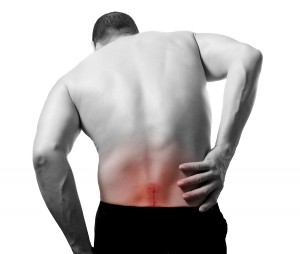Back spasms develop when the muscles contract involuntarily in the lower back. It is quite common for many people to have back spasms at some point. The lower muscles get tensed while contracting causing pain. The condition of pain may range from mild discomfort to intense pain. Back spasms involve contraction of different set of muscles in the body resulting in different symptoms. Wear and tear of muscles and swelling of muscles can cause back spasm. Most of the spasms can be managed with anti-inflammatory drugs and in some cases steroid medications are prescribed to control pain.
Points to Consider :
- Back spasm may present different symptoms according to the muscles that are affected during contraction.
- If the body gets dehydrated skeletal muscles are affected due to spasm causing intense pain.
- Most of the spasms can be easily treated by simply stretching the muscles but in some cases of underlying causes medical intervention is needed.
- Sometimes smooth muscles gets involved in the spasm like that of menstrual cramps or diarrhea causing significant pain. Here the muscles of wall region would contract due to spasm and the pain comes and goes at intervals.
- In rare cases of dystonia, certain chemicals that are involved in the transmission of signals to/from the brain are affected. In such cases medications are given to balance the neurotransmitter levels.
Back Spasms Causes :
Any injury in the ligaments, tendons and the muscles can cause back spasm. Lifting of heavy objects in improper position can cause back spasms. Sports personalities are more likely to develop back spasm than others since they make frequent and sudden turn during the events. Any work that gives extra strain to the muscles of lower back region can cause injury to the muscles and tendons. People having problem with the abdominal muscles are more likely to get back spasms due to lack of support.
